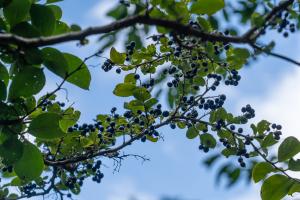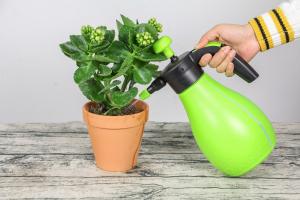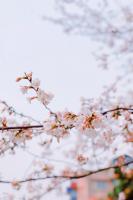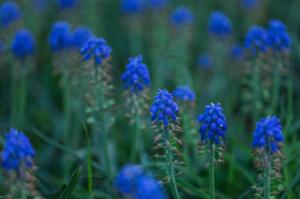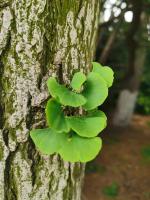Where to Plant a Potted Japanese Maple Outside
A potted Japanese maple is a beautiful addition to any garden or landscape. With its vibrant colors and unique leaf shapes, it can add a touch of elegance and beauty to any outdoor space. However, choosing the right location to plant your potted Japanese maple is crucial to its growth and longevity. In this article, we’ll explore the different factors that you should consider when deciding where to plant your potted Japanese maple outside.
Climate and Temperature
The first consideration when it comes to planting your potted Japanese maple outside is your climate and average temperatures. Japanese maples prefer cooler temperatures and can withstand cold winters, making them a great option for those living in colder climates. However, they also need protection from harsh winds, so it’s important to choose a location that provides shelter from strong winds.
If you live in a warmer climate, you can still grow a Japanese maple, but you’ll need to be careful to choose a location that provides shade during the hottest part of the day. Japanese maples can suffer from sunscald in hot, sunny environments, which can lead to leaf burn and tree stress. To avoid this, choose a location that gets early morning or late afternoon sun, but is shaded during the hottest part of the day.
Soil and Drainage
The second consideration when it comes to planting your potted Japanese maple outside is the soil and drainage of your chosen location. Japanese maples prefer well-draining soil that is rich in organic matter. If your soil is heavy, clay-based or compacted, you may need to amend it before planting your tree.
In addition to soil quality, drainage is crucial to the health of your Japanese maple. Japanese maples don’t like to be in wet soil for extended periods, so be sure to choose a location with good drainage. If you have poor drainage in your yard, you might look into installing a French drain or other drainage system, or consider planting your tree in a raised bed to help improve drainage.
Light and Shade
The third consideration when it comes to planting your potted Japanese maple outside is the amount of light and shade your chosen location receives. Most Japanese maples prefer partial shade or dappled sunlight, which means they need some protection from direct sunlight. Too much sun can cause sunburn and leaf scorch, while too little light can cause the leaves to turn yellow and fall off.
The ideal location for your Japanese maple is one that provides some morning and afternoon sun, but is shaded during the hottest part of the day. If you’re planting your tree near a building or large tree, be sure to choose a location that receives enough light to encourage healthy growth.
Protection from Pests and Disease
Finally, it’s important to consider the protection of your Japanese maple from pests and disease. Japanese maples are susceptible to a number of pests and diseases, including aphids, scale insects, and fungal infections. To ensure your tree remains healthy and happy, choose a location that is not prone to pest infestations and take steps to keep pests and disease at bay.
You can use organic pest control methods, such as insecticidal soap and neem oil, to keep pests under control. In addition, you should make sure your tree is well-watered and fertilized to keep it strong and healthy, which will help it resist disease.
Conclusion
Planting a potted Japanese maple outside can be a great way to add beauty and elegance to your landscape. However, choosing the right location for your tree is key to ensuring its growth and longevity. Be sure to consider the climate and temperature, soil and drainage, light and shade, and protection from pests and disease when choosing a location for your Japanese maple. With the right care and attention, your tree will thrive and bring joy to your outdoor space for years to come.

 how many times do yo...
how many times do yo... how many planted tre...
how many planted tre... how many pine trees ...
how many pine trees ... how many pecan trees...
how many pecan trees... how many plants comp...
how many plants comp... how many plants can ...
how many plants can ... how many plants and ...
how many plants and ... how many pepper plan...
how many pepper plan...